
Topics covered under Smithsonian Science for the Classroom™ Module on: How Can We Light Our Way in the Dark
Topics covered under Smithsonian Science for the Classroom™ Module on: How Can We Light Our Way in the Dark
Carolina’s module on How Can We Light Our Way in the Dark? is designed for students of Grade 1 under the Smithsonian Science for the Classroom™ curriculum and comprises of 10 lessons, which will be covered over 13 classroom sessions. The following is covered examples:
Light can help animals & humans survive
We know that sun is a source of energy, heat, and light, and that all living things need sunlight to survive. However, the requirement may vary from one species to the other.
Mammals and reptiles soak up sunlight during the day time, before they retreat into their cozy burrow or under tree-trunks, at night. Though bats and owls are nocturnal animals (active at night) they also require energy from the sun, which they get by feeding on other living creatures & insects that have already stored energy from the sun during day light hours. Even underwater fish feed on dead algae and seaweeds, that have sunk to the ocean floor from the surface, containing stored energy.
Humans require vitamin D for growth and development, which is acquired by exposing oneself to the sun, which gets absorbed through the skin
Some species reflect light
Did you know some animals emit their own light? Sea creates like jelly fish, octopus, and squids, are said to have bioluminescence properties, which help them produce and emit light to attract mates and confuse predators. Even insects such as; glow worms and fireflies, use their reflective light beauty, for the same purpose
How to See Things In Dark Spaces
Here children experiment in the dark and discover under what scenarios can an object in a pitch-dark room or cave, be visible.
First let us understand that, we can see an object only when the light rays are emitted or reflected from the object and it reaches our eye. In a dark room, there is no source of light, and therefore we can’t see objects in dark.
Discovering a way through the cave
In a story like form, children are taken on an adventure in a cave where few friends are on an exploratory mission, and have to make their way through pitch dark pathways. Thankfully, children are carrying some ‘explorer tools’ which will hopefully help them find their way out. The glow stick carried by one of the friend’s helps in identifying the faces of other group members, on holding it close to the person’s face. Though it doesn’t illuminate far away objects, at least it helps friends stay close to each other. Now one kid says that he has a reflective ‘safety vest’ in his backpack, but the other friend points out that it is of no use, as there is no source of even dim light in the cave, which will illuminate the strip on the vest. Now, the third, and the smartest one from the lot, lights a lantern, and voila, there is light galore, one can see through the paths & tread carefully to the cave’s exit.
Can light pass through objects
What objects can light travel through and which ones do not allow light to pass? This experiment depends on the nature of the object.
Transparent objects such as; clear glass windows, cling wrap, glass light bulb, allow light to pass through without any obstruction.
Translucent objects such as; frosted glass surface, butter paper, tissue paper, vegetable oil, allows only some light to travel through them.
Opaque objects such as; wood, stone, metals, do not allow any light to pass through them and instead block it.
The final objective is to give students clarity on the following concepts
- Students understand how animal structures interact with light. They learn how some animals have their own illuminating glow, which helps them in survival and procreate.
- Objects are only visible if they give off their own light or if an external light shines on them. Though interesting Smithsonian Science practices, students use a computer simulation to investigate whether different objects cause light to shine in a simulated dark setting.
- Children team-up to carry out investigations by placing different objects under a beam of light and noting down its effects. Which objects allow light to pass through them and which block light.



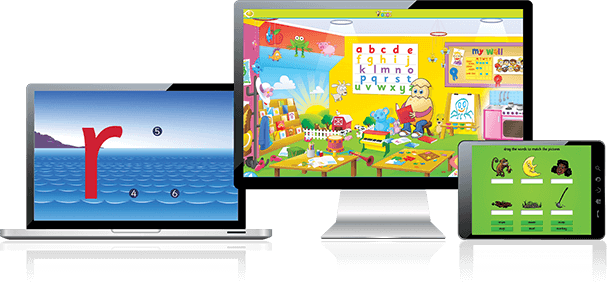

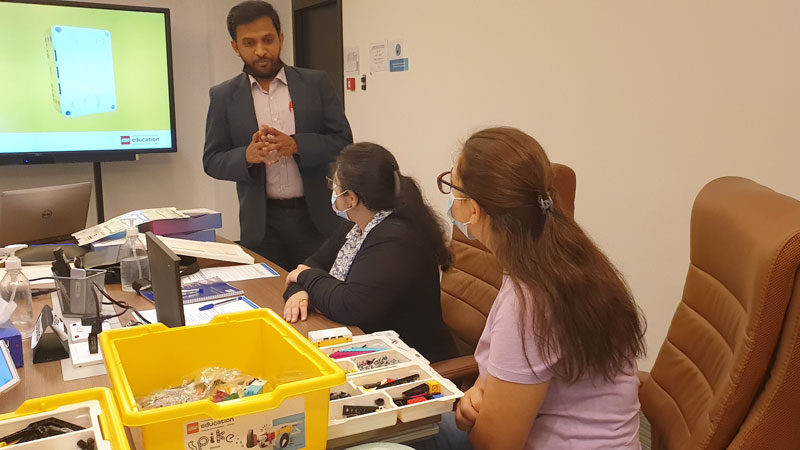


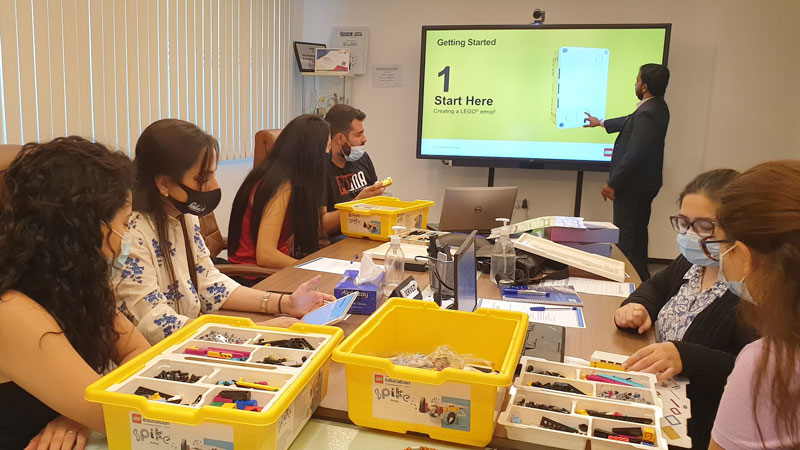

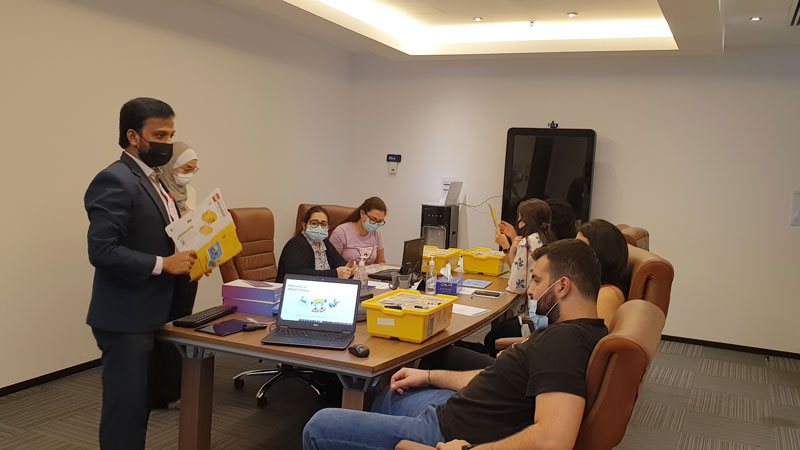

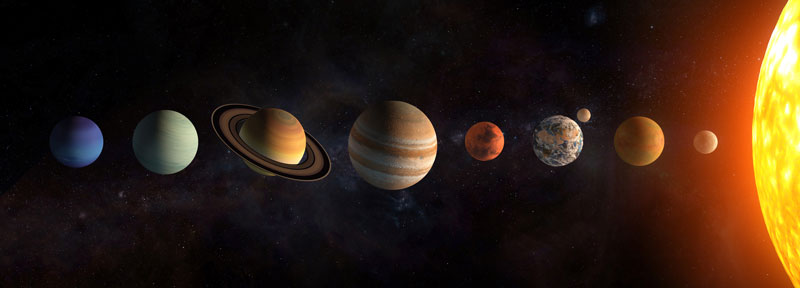






Recent Comments